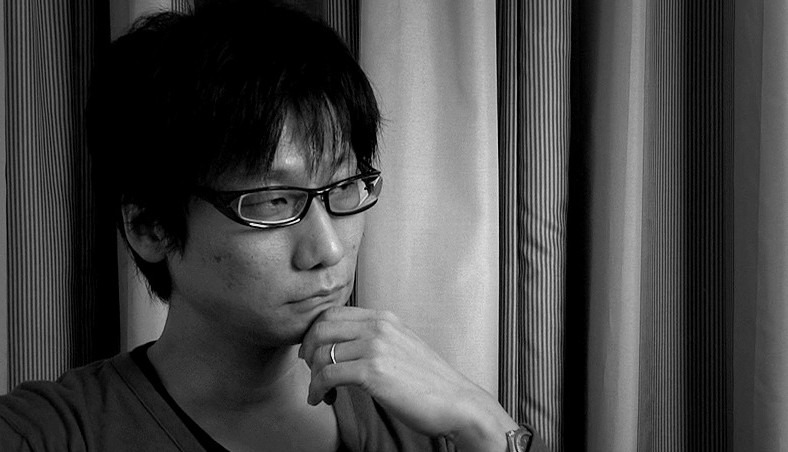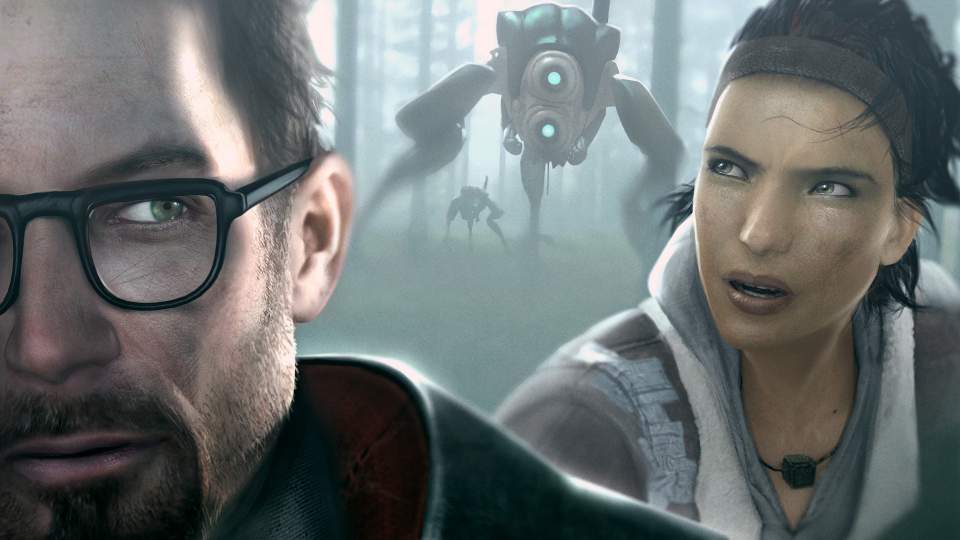There is no doubt that Uncharted 4 is one of the most eagerly-anticipated titles this year, but it may be more than that. Without wishing to enter the fiery fray of the console wars, and with all due respect to Xbox One and PC owners, no other games on any platform this year can compare in terms of unrestrained anticipation. But what has Uncharted 4 done to deserve such excitement, and will it have a lasting legacy?
Developers of the Uncharted series – Naughty Dog – are widely hailed as one of, if not the best, studios currently in existence. It was when studio president and co-founder Jason Rubin left Naughty in 2004, following the studio’s acquisition by Sony in 2001, that the developer began a period of remarkable and stark evolution. Prior to that, Naughty Dog were known for their impressive platformer series Crash Bandicoot and Jak and Daxter. After Rubin’s departure, the studio took a different tack, eschewing the bubbly, fantastic platformers for the more grounded, swashbuckling adventure game Uncharted: Drake’s Fortune. The game was well-received and showed promise, but was rough around the edges mechanically, lacked spectacle and failed to wow in the narrative department.

Uncharted 2: Among Thieves burst onto the scene in 2009 and improved on its predecessor in every department, firmly placing Naughty Dog at the forefront of cinematic adventure game development. Uncharted 3: Drake’s Deception was a very good game by all accounts, but it felt like Naughty Dog’s meteoric trajectory had begun to plateau. Were Naughty Dog running out of ideas?
Led by creative director Neil Druckmann and game director Bruce Straley, Naughty Dog then of course turned their attentions to a new IP – The Last of Us – and blew the whole video game world away. With its riveting narrative, razor-sharp emotional impact and unforgettable characterisation, not to mention deeply satisfying gameplay mechanics, The Last of Us demonstrated the true power of video game storytelling. With the genius of Neil Druckmann (I do not offer the label lightly), coupled with the supreme acting talents of Troy Baker and Ashley Johnson, The Last of Us arguably boasted emotive, believable characterisation like we’d never seen before. RPGs are often renowned for their rich lore and intertwining narratives, but frequently suffer from bloat and pacing issues. This certainly wasn’t the case with brutal, cinematic hit The Last of Us, which was fine tuned to perfection.
I place so much focus on The Last of Us because of the ideas that Naughty Dog, and Neil Druckmann in particular, will have taken from the post-apocalyptic masterpiece.
Now, Naughty Dog are renowned for their impactful storytelling coupled with explosive action set pieces, all wrapped within a cinematic package of excellence.The Last of Us, in particular, gave us believably flawed, memorable characters who we could empathise with. We went on a journey with Joel and Ellie, experiencing their turmoil over difficult decisions, whilst sharing their jokes. Make no mistake: empathy is a powerful emotion indeed.

Naughty Dog pulled it off with The Last of Us, no doubt. Now, with Uncharted 4, the developer has the opportunity to prove that their success in creating deeply immersive video game journeys wasn’t just a one-off. Whilst The Last of Us was an undeniably “heavy”, exhaustingly tense experience, and therefore not to everyone’s taste, the Uncharted series has always been more swashbuckling fun than gritty survival. Everything that we’ve seen of Uncharted 4, however, points to deeper characterisation and more emotional weight than we’ve ever seen before in Nathan Drake’s adventures. The protagonist will question his life decisions and the relationships that he has developed. Add to that the element of choice that has been introduced and it’s clear that Naughty Dog’s intention is for us to form emotional attachments to the key characters, and empathise with them.
Few would bet against Naughty Dog achieving this in spectacular fashion withUncharted 4 and, if they succeed, it could herald a new pinnacle for adventure games. The powerful narrative will marry with the bombastic gameplay to achieve new heights of player immersion. As with any runaway, pioneering success story – take Call of Duty: Modern Warfare’s practical reinvention of the FPS genre, for example – others will seek to mimic and refine the formula.
I predict that, following the successive successes of The Last of Us and Uncharted 4, developers will see the power that empathy can have on player immersion. An engaging, cinematic narrative can be the fulcrum of an adventure game, as long as it has the gameplay to back it up. Publishers will be taking notes on Sony’s triumphs with the story-driven, emotionally-gripping adventure formula, and will naturally want a slice of that success.
It is therefore quite possible that, should Uncharted 4 release to near-universal acclaim as it is expected to, we may witness a shift in the adventure game landscape. Developers and publishers alike will scrutinise and dissect the “Naughty Dog formula” and seek to replicate it. Although it will likely originate in the adventure genre, there is nothing precluding this wave from spreading to other genres. Before too long, we may find ourselves playing a wealth of emotionally-charged, narrative driven games that challenge us to make meaningful decisions that impact on unforgettable characters that we genuinely care about.
Personally, that is one gaming landscape that I would love to explore.








